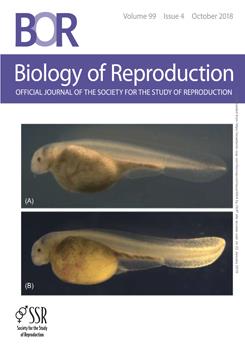The potential endocrine disrupting effects of the commonly prescribed anti-epileptic drug lamotrigine (LAM) were investigated using the H295R steroidogenic in vitro assay and computational chemistrymethods. The H295R cells were exposed to different concentrations of LAM, and a multisteroid LC-MS/MS method was applied to quantify the amount of secreted steroid hormones. LAM affected several steroid hormones in the steroidogenesis at therapeutic concentrations. All progestagens as well as 11-deoxycorticosterone and corticosterone increased 100–200% with increasing concentrations of LAM suggesting a selective inhibitory effect of LAM on CYP17A1, in particular on the lyase reaction. Recombinant CYP17A1 assay confirmed the competitive inhibition of LAM toward the enzyme with IC50 values of 619 and 764 µM for the lyase and the hydroxylase reaction, respectively. Levels of androstenedione and testosterone decreased at LAM concentrations above the therapeutic concentration range. The ability of LAM to bind to CYP17A1, CYP19A1, and CYP21A2 was investigated using docking and molecular dynamics simulations. This in silico study showed that LAM was able to bind directly to the heme iron in the active site of CYP17A1, but not CYP21A2, thus supporting the results of the in vitro studies. The molecular dynamics simulations also suggested binding of LAM to the heme iron in the CYP19A1 active site. No inhibition of the aromatase enzyme was, however, observed in the H295R assay. This could be due to a sequential effect within the steroidogenesis caused by the inhibition of CYP17A1, which reduced the amounts of androgens available for CYP19A1.
Summary Sentence
Using the H295R cell assay and computational chemistry, lamotrigine was observed to affect steroidogenesis by inhibiting the CYP17A1 lyase reaction, likely due to the sp2-hybridised N atom in the 1,2,4-triazine moiety coordinating to the heme iron.





